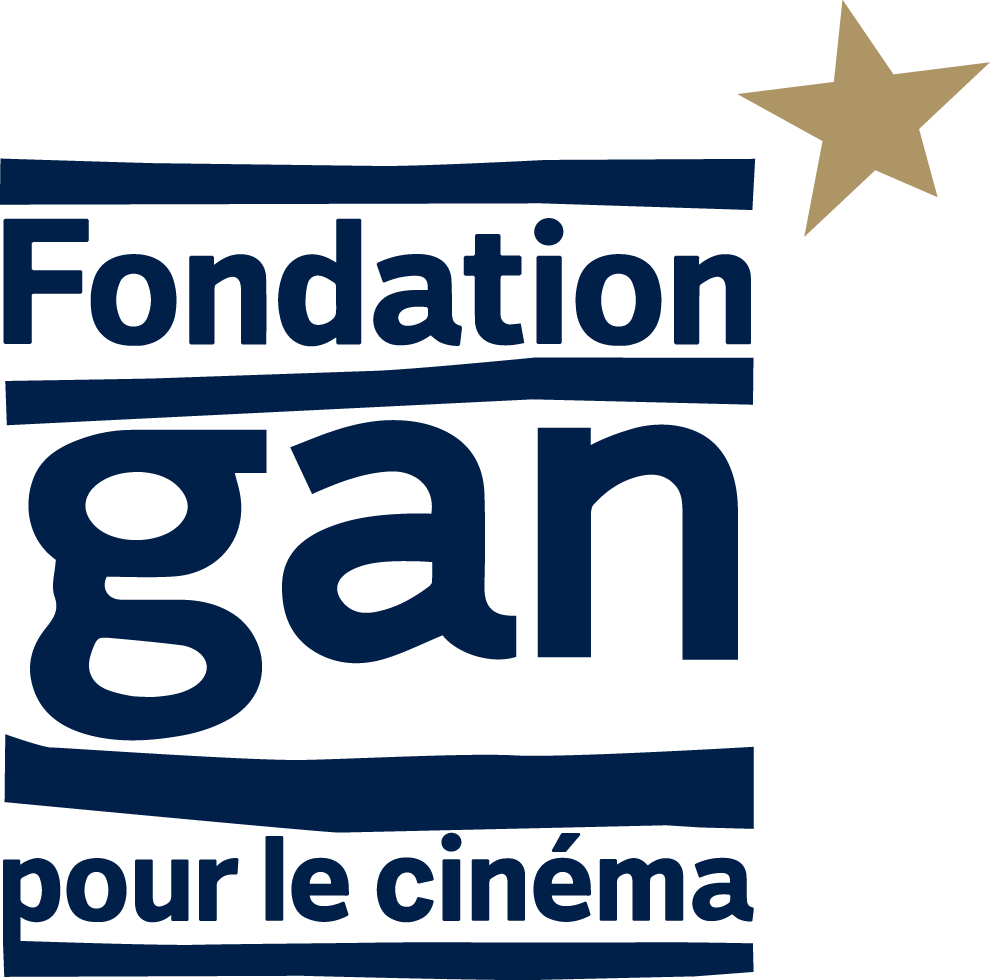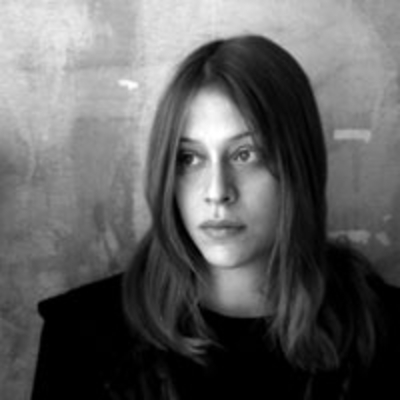“When I started taking an interest in Charcot’s work on hysteria, I was fascinated by the Salpetrière hospital, this city of women under the authority of men, where doctors wearing three-piece suits, would closely examine half-naked women. The intersection of medical and erotic, this underlying sensuality that’s ready to explode is at the center of the film. With, as the backdrop, the entire medical system or the mise en scène of Professor Charcot’s Lessons, where the bourgeois would come to get an eye full just like at a peep show. I wanted to shoot these women’s struggles like an entomologist looking at butterflies caught in light. The crude eroticism of voyeurism under the cover of a medical facade. I wanted to convey the strangeness of this atmosphere by flirting with the conventions of fantasy-like movies. The film is inspired by the real story of Augustine, Charcot’s most famous patient, the star of his Lessons, who, one evening in 1885 escaped the Salpetrière hospital dressed like a man. It focuses on the confusing relationship between these two characters on opposing sides, yet who attract and fascinate one another. Augustine creates symptoms so that Charcot will look at her and love her. The story is about a complete reversal of the balance of power between them, the doctor facing off with his patient, the middle aged man facing off with the very young woman, the bourgeois facing off with the girl from the lower class.
Though Augustine can’t rebel, her body has decided to do it for her. Her illness is a type of rage and rebellion against the establishment. What characterizes hysteria is a certain rebellion seen in women which I think is very relevant today.”





